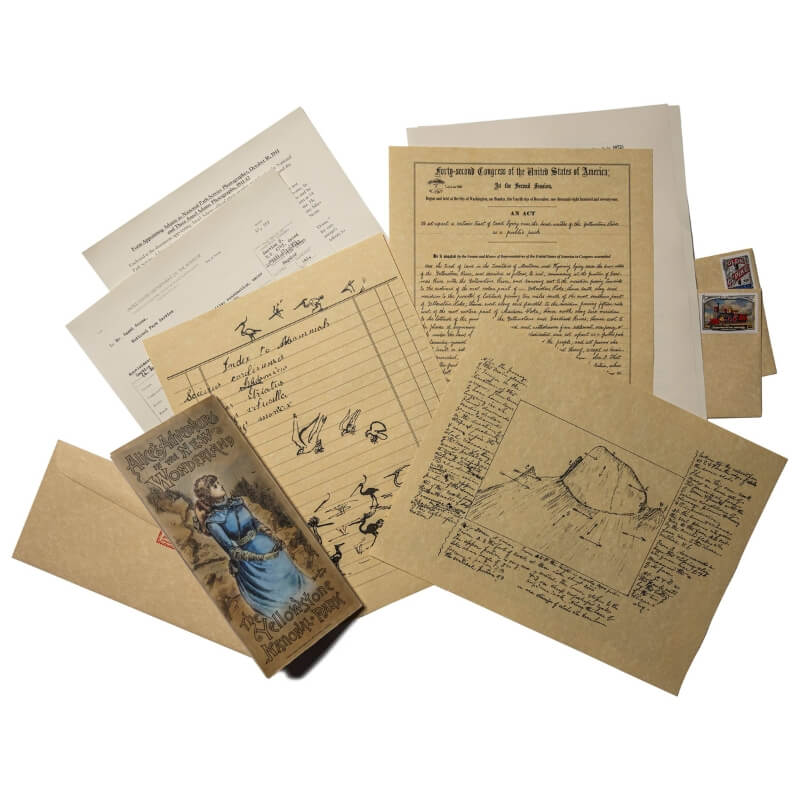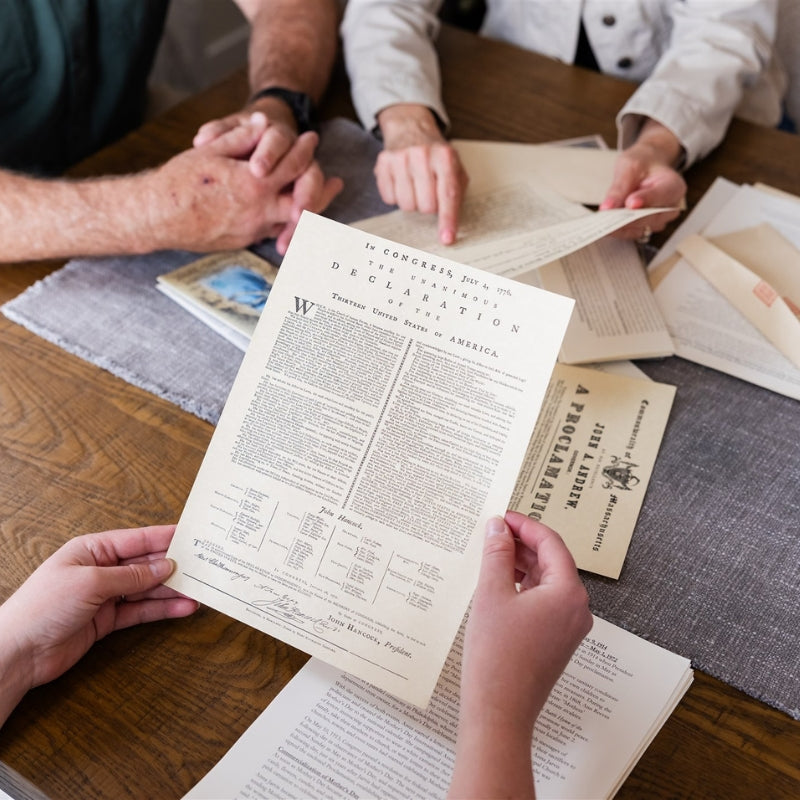Project Mercury
- What were the primary goals and objectives of Project Mercury in the early days of human space exploration?
- How did Project Mercury pave the way for subsequent space missions and advancements in space technology?
- What were the challenges and risks faced by the astronauts and the entire project team during Project Mercury?
- How did Project Mercury contribute to our understanding of human capabilities in space and the effects of space travel on the human body?
- What were the societal and cultural impacts of Project Mercury, both in the United States and internationally, in terms of inspiring and captivating the public's imagination about space exploration?



You may also like
National Parks Add-On Subscription
National Parks Add-On Subscription



Free subscription shipping in the US
U.S. Holidays Add-On Subscription
U.S. Holidays Add-On Subscription



Free subscription shipping in the US









